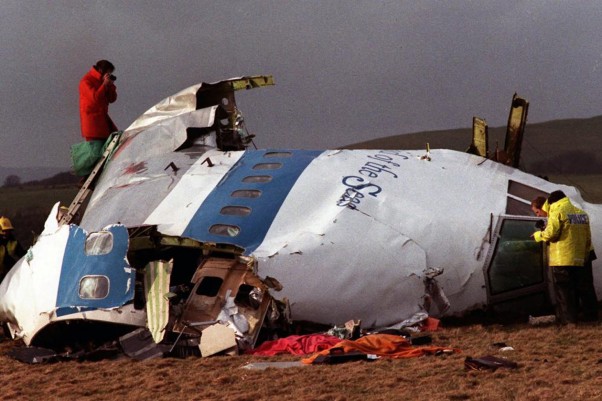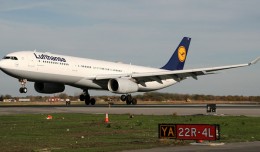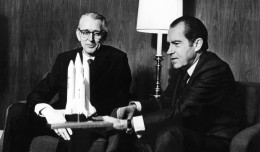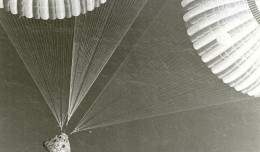1992: Martinair Flight 495, a DC-10 (PH-MBN) flying from Amsterdam to Faro, Portugal, crashes while landing during a thunderstorm at Faro, killing 56 of the 340 people on board.
1990: Lockheed aeronautical engineering genius Kelly Johnson, who played a role in designing over 40 aircraft, dies at the age of 80.
1988: Pan Am Flight 103, a Boeing 747-100 bound for New York from London, explodes over Lockerbie, Scotland and plummets to earth, killing all 259 on board and 11 on the ground. The blast was caused by a small amount of Semtex plastic explosive connected to a timer and hidden within a Toshiba Bombeat (yeah, really) radio cassette player. Former Libyan intelligence officer Abdelbaset Ali Mohmed Al Megrahi would be convicted of planting the bomb by a Scottish court in 2001 and sentenced to life in prison, but released in August 2009 on “compassionate grounds” due to being diagnosed with terminal prostate cancer. It is believed Libyan dictator Muammar al-Gaddafi ordered the bombing as retaliation for a number of losing confrontations with the U.S. military during the 1980s. Libya formally admitted its responsibility for the bombing in 2003 and agreed to pay the victims’ families $2.7 billion, or $10 million for each victim, with chunks of the fund to be released in conjunction with certain government demands being met, such as removal of UN trade sanctions against the country.
Here are some news bulletins broadcast British television in the moments after the crash of Pan Am 103:
1979: The NASA AD-1 oblique-wing concept demonstrator makes its first flight at Edwards Air Force Base. The plane successfully demonstrated a wing that could pivot obliquely from zero to 60 degrees in flight.
1965: New York Airways begins helicopter flights between the roof of the Pan Am Building in midtown Manhattan and JFK Airport.
1923: The French dirigible Dixmude is struck by lightning and explodes over the Mediterranean Sea en route from Cuers-Pierrefeu to Algeria, killing all 52 on board.
1914: The UK is bombed by a German aircraft for the first time – a Taube drops two bombs near the Admiralty Pier, Kent.







